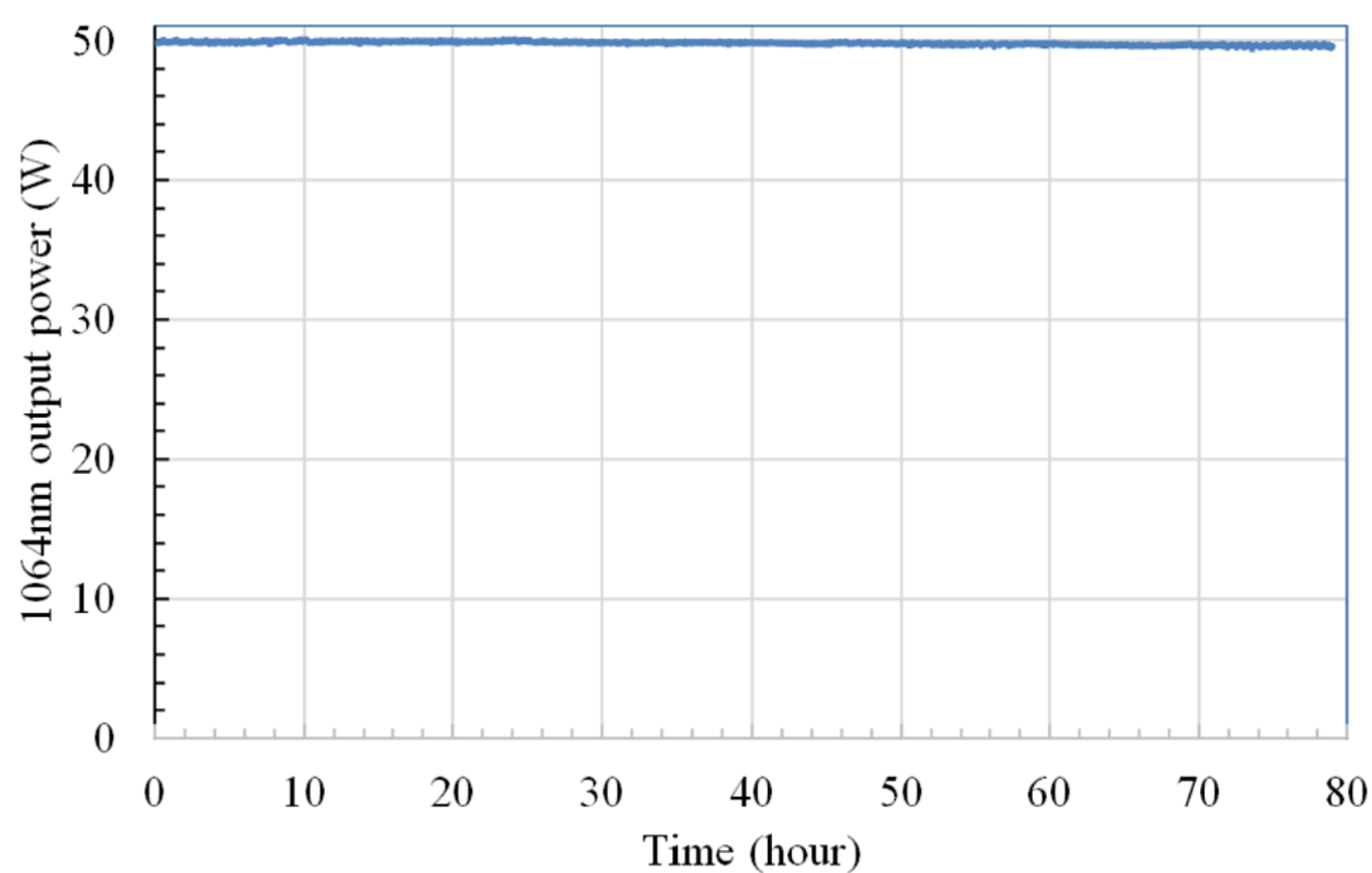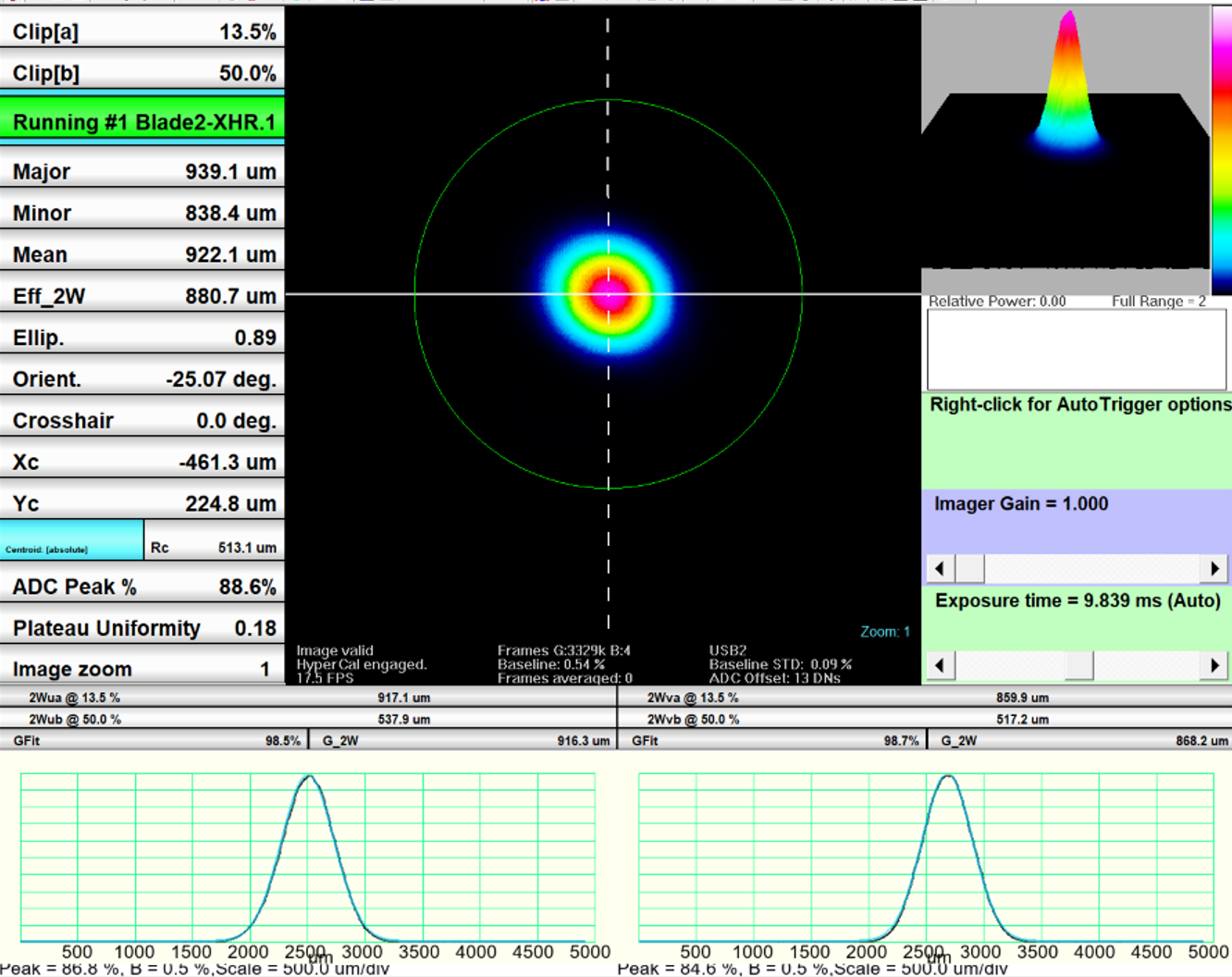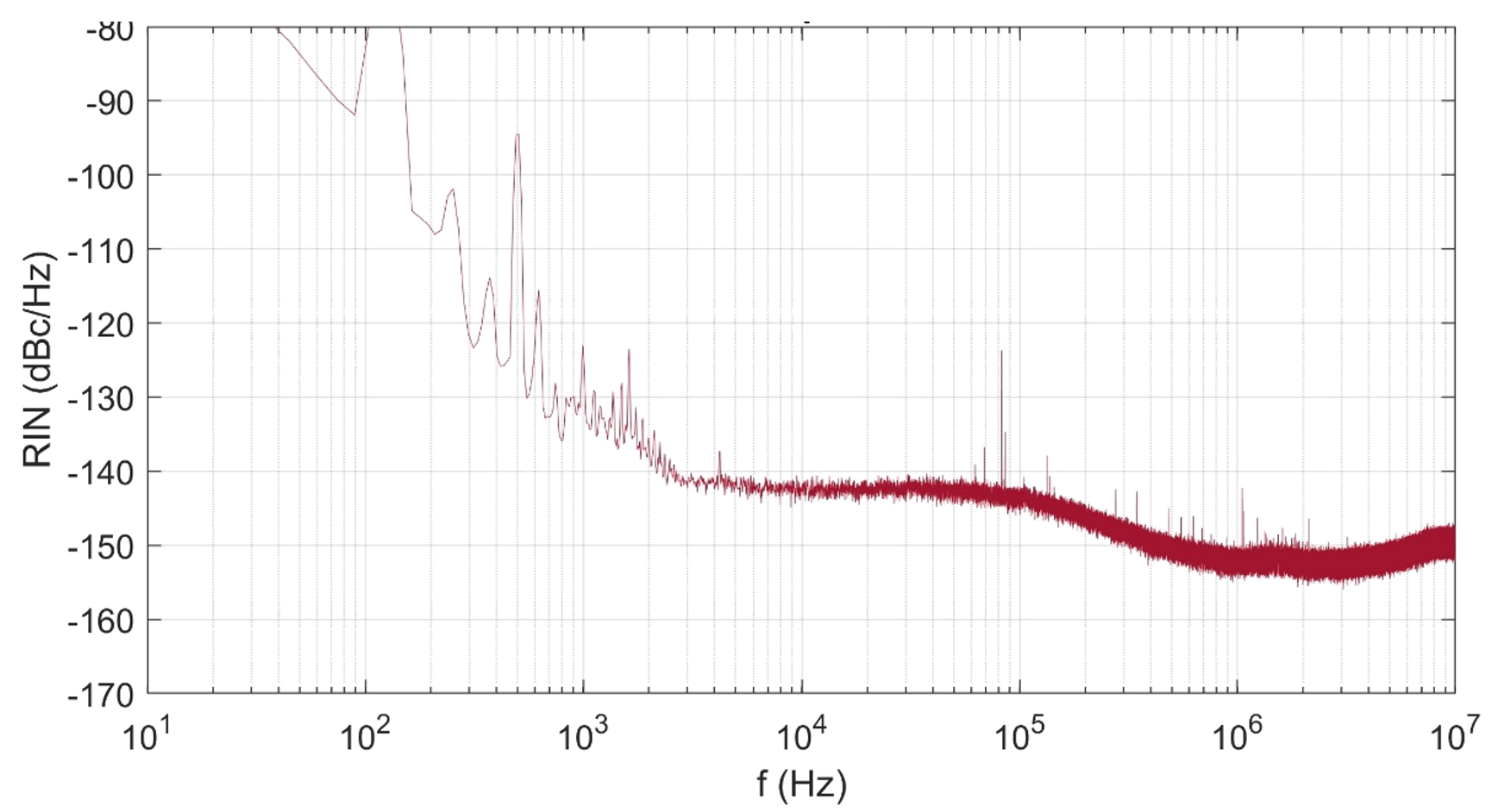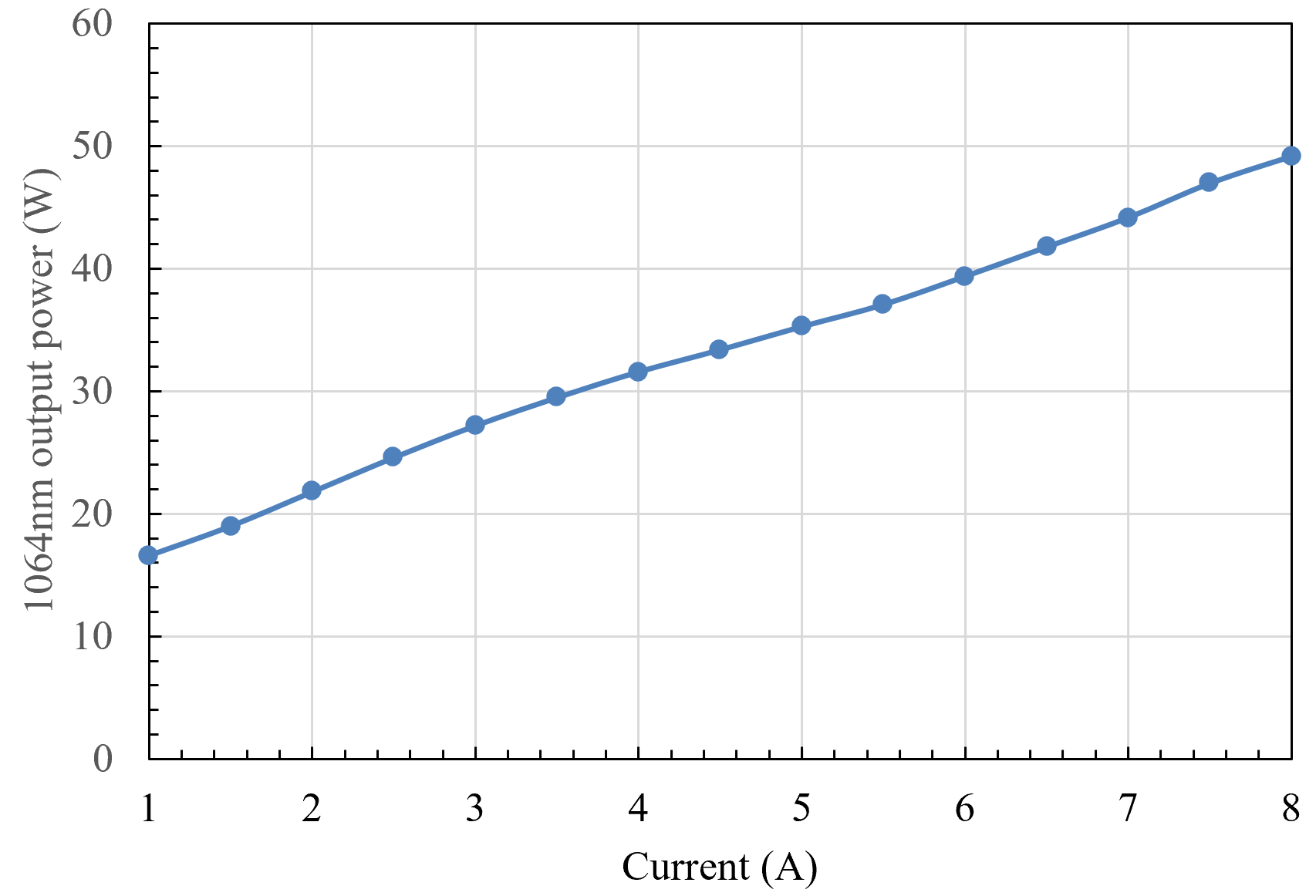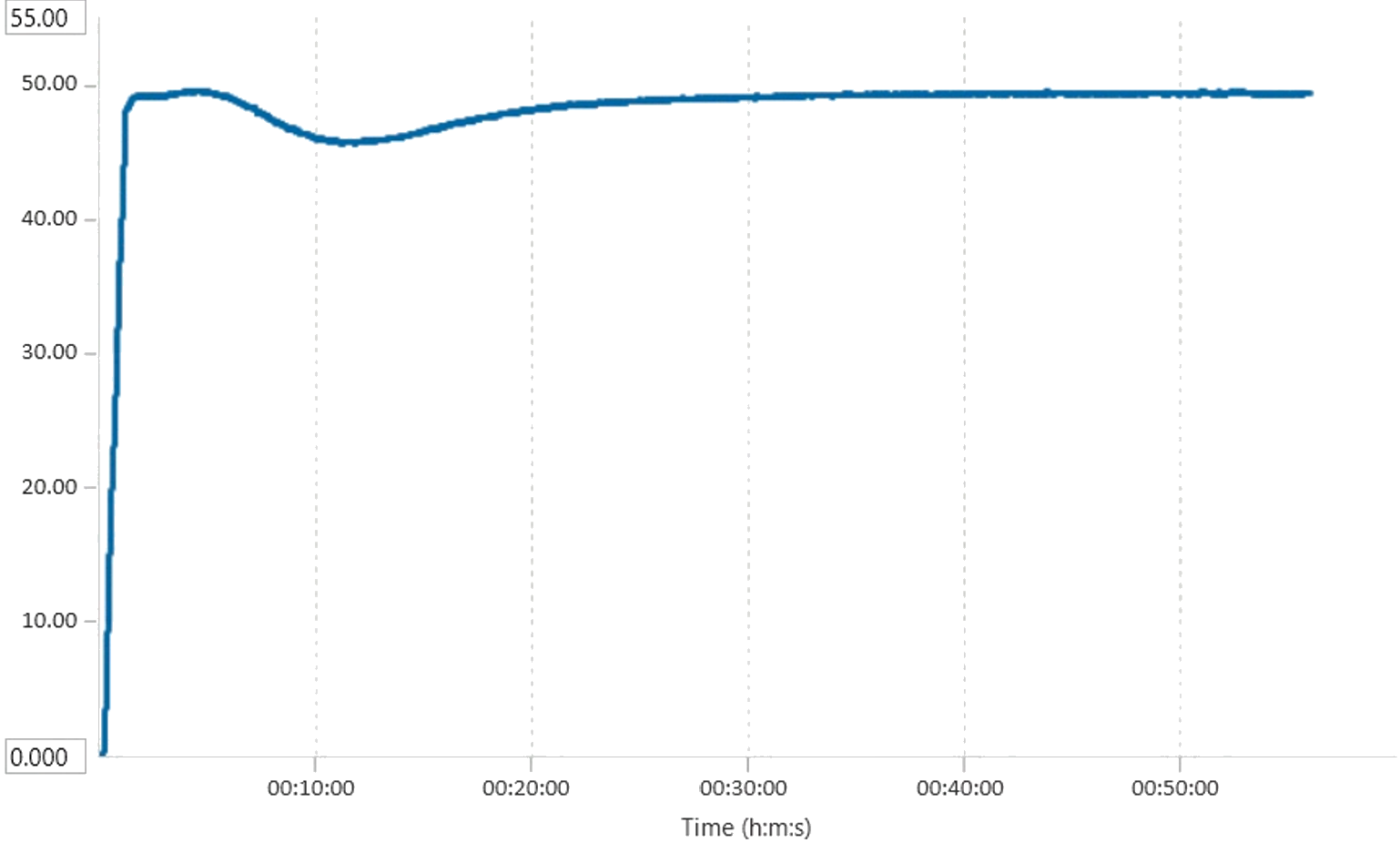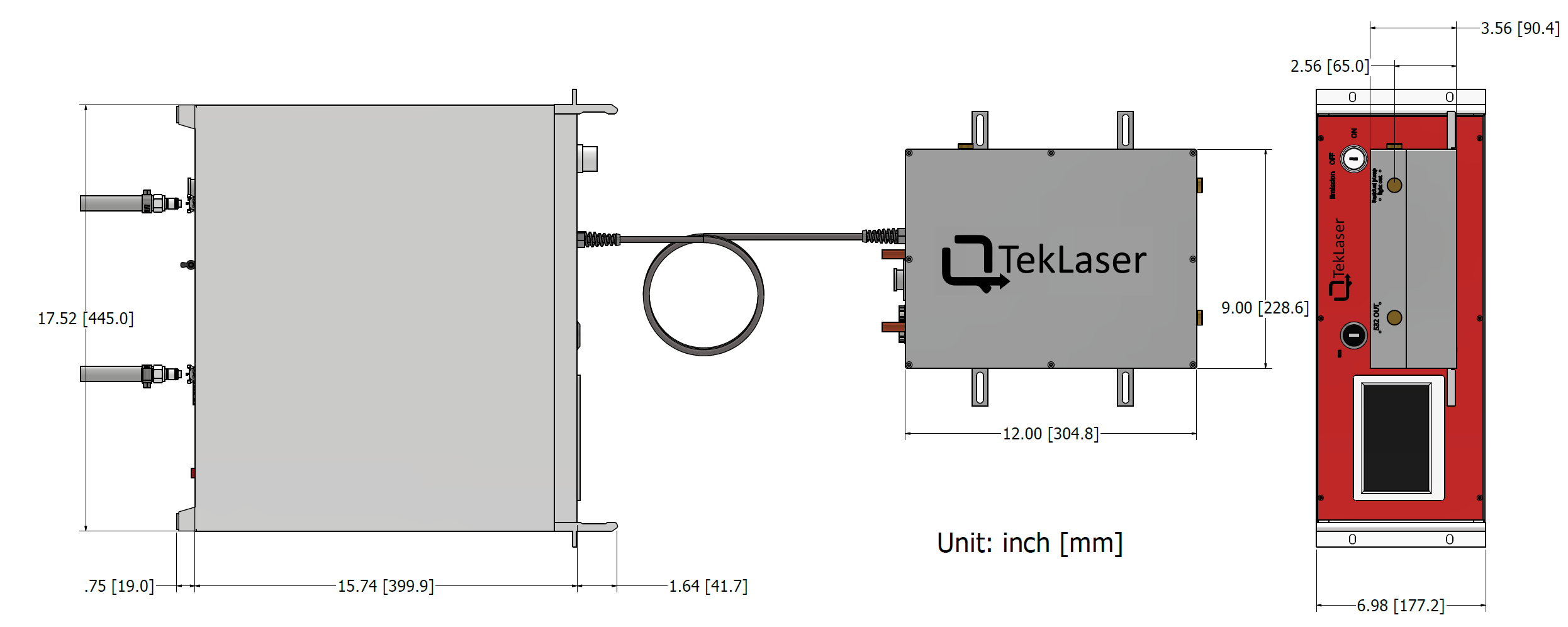It is the end user's responsibility to ensure that no significant light is retroreflected back into QTekLaserTM systems as this can degrade performance and potentially damage the lasers. To prevent this, the use of an external optical isolator is strongly recommended. Damage due to retroreflected light is not covered under warranty.
Quantum Applications
Trapping, Cooling & Qubit Control
The ultra-stable, narrow-linewidth output of the 1064 nm fiber laser (≤ 20 kHz) makes it well suited for optical trapping and cooling of neutral atoms or ions. In optical dipole traps, far-off-resonant lasers (such as 1064 nm for certain atomic species) create conservative potentials that confine atoms with minimal photon scattering, enabling long coherence times. The low relative intensity noise (<-140dBc/Hz >10kHz) and high beam quality (M² < 1.05) ensure very stable trapping potentials, which is critical to suppress heating and decoherence. Moreover, the high power (up to 50 W) is useful for creating deep potentials and for multiplexed or large-volume traps in quantum gas or quantum computing setups.
The same laser can be employed for qubit control via Raman transitions, stimulated two-photon processes, or state-dependent forces. For example, in atomic qubit architectures (e.g. alkali or alkaline-earth atoms), two-photon Raman coupling often uses detuned laser fields to address ground-state hyperfine transitions. The narrow linewidth and good frequency stability of this fiber laser help suppress off-resonant scattering and phase noise, improving gate fidelity. The polarization-maintaining(PM) output is also beneficial where polarization control is critical for selection rules in state coupling.
Entanglement, Coherence & Scalability
Beyond simple trapping and control, the 1064 nm fiber laser can support protocols for entangling qubits—either via mediated interactions or via motional coupling. High-power, low-noise beams can generate optical potentials that bring qubits into strong interactions (e.g. via controlled collisions, Rydberg-state interactions, or motional gates). The laser’s stability in amplitude, polarization, and pointing reduces decoherence channels during entangling operations.
Additionally, as quantum computing systems scale, multiplexed beam delivery becomes important (e.g. many traps addressed in parallel, optical lattices, cross-beam interrogation). A fiber-based design with polarization-maintaining architecture simplifies beam routing, splitting, and delivery to multiple zones or optical setups. It also reduces susceptibility to environmental drifts or mode distortions. In sum, ahigh-performance 1064 nm fiber laser can serve as a backbone resource in quantum computing platforms, enabling stable trapping, coherent control, and high-fidelity entangling operations.



